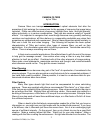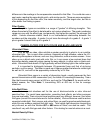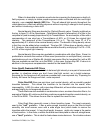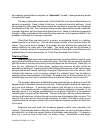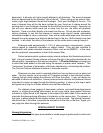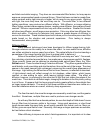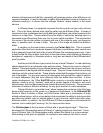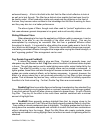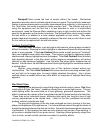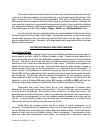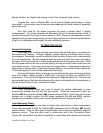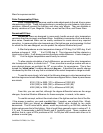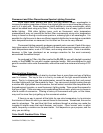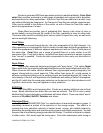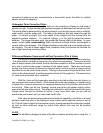
CAMERA FILTERS © Ira Tiffen
10
Smoque® filters create the look of smoke without the hassle. Mechanical
generators are often used to add atmospheric haze to a scene. This could be for enhanced
realism in places where smoke is normally encountered like a nightclub, or the scene of a
fire. Most often, the smoke is added to create a certain “look”. The difficulty and cost of
using this equipment and the fact that it is less desirable to work in a smoke-filled
environment, make the Smoque filters valuable as a way to get a similar look without the
need for the generator or the smoke it produces. The Smoque filters can be used to create
the look alone or in addition to a more modest application of real smoke. They allow
greater base level consistency, especially outdoors in the wind, and you don’t have to wait
for it to settle or be replenished, as with real smoke.
Contrast Control Filters
There are many situations, such as bright sunlit exteriors, where proper contrast is
difficult to maintain. Exposing for either highlights or shadows will leave the other severely
under or over exposed. Tiffen Low Contrast filters create a small amount of "localized"
flare near highlight areas within the image. This reduces contrast by lightening nearby
shadow areas, leaving highlights almost unchanged. Tiffen Soft Contrast filters include a
light absorbing element in the filter which, without exposure compensation, will reduce
contrast by also darkening highlights. Use this latter filter when lighter shadows are not
desired. In both cases, the mild flare produced from bright highlights is sometimes used as
a lighting effect.
Another, more recently developed type of filter reduces contrast without any
localized flare. The Tiffen Ultra Contrast filter series uses the surrounding ambient light,
not just light in the image area, to evenly lighten shadows throughout. Use it where
contrast control is needed without any other effect on sharpness or highlight flare being
apparent.
Star Effect Filters
Lighting can be enhanced in ways that go beyond what exists in nature. Star filters
create points of light, like "stars," streaking outward from a central light source. This can
make lighting within the scene take on a more glittering, glamorous appearance. This
effect is produced by a series of thin lines etched into the flat optical surface of a clear filter.
These lines act as cylindrical lenses, diffracting light points into long thin lines of light
running perpendicular to the etched lines. Lines on the filter positioned horizontally
produce vertically oriented star lines.
The size and brightness of the star lines produced are first a function of the size,
shape, and brightness of the light source. You have additional control through the choice of
a particular spacing between the lines on the filter. Generally these spacings are measured
in millimeters. A 1mm spacing has twice as many lines per unit area as a 2mm spacing. It
will produce a brighter star for any given source. Spacings offered generally range from
1mm to 4mm, as well as both narrower and wider for specialty effects.



